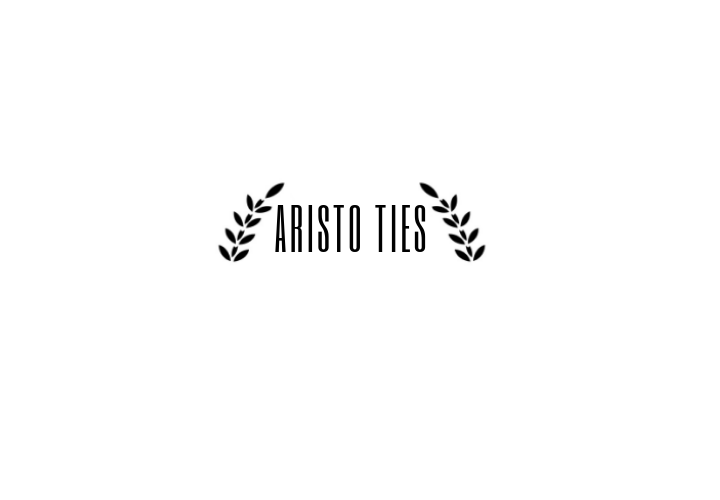How to Choose the Backing for your Custom Patches
Types of Custom Patch Backing
There are many types of backing when you are customising your custom patches. We want to make sure that you have an idea for each backing that we offer. Each backing has a different purpose and we are willing to help you get the right one.
NO backing
Embroidered patches can be made without any backing. These patches will show the twill or threads on the backside, and are generally more flexible. Although they don't have the same thickness or stiffness as patches with backing they are best sewn onto garments or other types of fabrics
Hook and loop backing
If your uniform or garment does not have a loop fastener area, hook and loop is the best choice. This backing comes with both hook and loop side. All you have to do is sew the loop fastener to your uniform or garment.
Plastic backing
Plastic backing can add stiffness and support to the patch allowing it to stay flat over time while still leaving the patch thin enough to be sewn onto a garment. Plastic backing can be added to any patch, no matter the size, shape or the type of border.
Adhesive (Peel-&-Stick) Backing
Adhesive in a sense that turns your patch into an embroidered sticker. A glue is pressed onto the back of the patch, then it is overlaid with paper to be peeled off at the time of usage. This option is a non-permanent option when applied to a fabric or clothing; therefore, it is best for a single even/gathering only.
HEATSEAL (IRON-ON) Backing
This backing allows the patch application to your garment via ironing. Heatseal backing adds stiffness to patches, allowing them to stay flat.
PIN BACKING
When the patch is being made, you can add one or more pins inside the backing, twill and thread that allows the patch to be used as a pin or brooch. Once pinned through the garment, butterfly clutches (included) are used to secure the patch.
